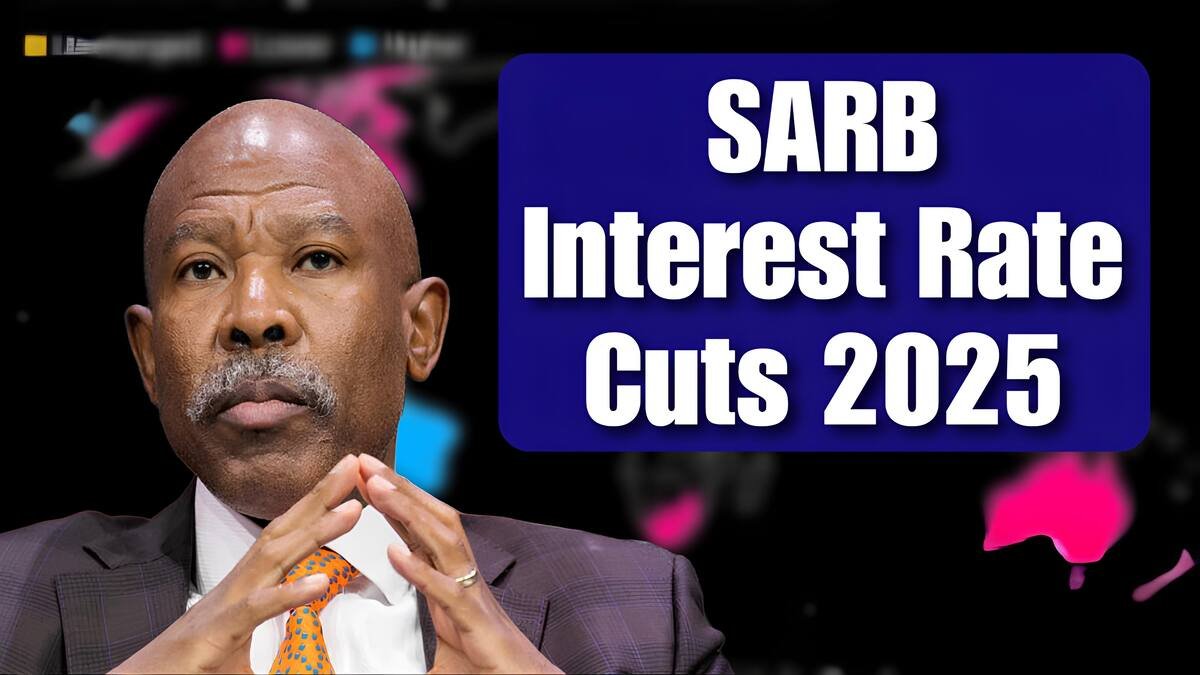Brightened has finally become for South Africans with interest rates in 2025 a beacon of hope. Gleamed from the growing years of continuous economic challenges, backed by extravagant interest rates on borrowing, is the hope that by 2025 the interest rate will either stabilize or even decline for some relief to households and businesses. The only thing is there is a catch attached plus the catch might affect the recovery of the country.
The Positive Outlook On Interest Rates
In 2025, the country envisages the South African Reserve Bank (SARB) to potentially follow up on its drying up repo after falling into the inflation trajectory. After many years of constant pressures on inflation resulting from foreign unknowns as well as the local concerns like load shedding and increasing fuel prices, the inflation rate is expected to be in the range of 3%-6% as per SARB’s target.
Key Highlights
- Repo Rate Stabilisation: The repo rate, which was at 8.25% in 2024, is expected to stabilize around 7.75% at the early quarter of 2025.
- Reduced Borrowing Costs: Prime lending rates fall further, allowing South Africans easier access to loans and mortgages.
- Prospects of Economic Growth: Stabilized interest rates can increase consumer spending and investment, encouraging growth in critical sectors such as real estate, retail, and manufacturing.
How Consumers And Businesses Will Benefit
- Mortgage Payers: South Africans attached to home loans that are tied to the prime lending rate shall benefit from a small decrease in their monthly payments. Hence, a relief for households.
- Small and Medium Enterprises: SMEs, especially those in trading, stand to gain from this development as they will be incentivized to save on loans and consider that money for investment or for recuperating from the economic slump.
- Consumer Confidence: Bupre, reduced interest rates can lead consumers into us flexibility thus increased activities in the economic cycle.
The Catch Observed Risks
Save for these bright news, they are coupled with risks that can disrupt the entire positive tide into a reverse direction.
- Fluctuation In Currency: South African Rand (ZAR) has not escaped external shocks from what the Federal Reserve is going to do in the U.S. or even geopolitical tensions. The price of imports tends to go up with a weaker Rand and inflation begins creeping back.
- Load shedding still issues: Energy crisis is still a huge factor in South Africa, seeing that load shedding starts incurring very high business costs, which probably counteracts the savings from lower interest rates.
- Spice of Global Economic Uncertainty: Continued speculation in the international economy from oscillating oil prices to downturns in some top trading countries may exert forces against the stability of the domestic economy.
- Fiscal Problems: Heavy borrowings may require the Government from South Africa due to its high public debt and budget deficits, which may affect long rates.
Expert Opinions
Economists have praised the prudent approach of the SARB regarding monetary policy when it has come out emphasizing the stability rather than aggressive cuts in rates. “While rate reductions are welcomed, structural reforms in the energy and public sector are necessary to keep the economy afloat,” so says economist Thandeka Maseko.
What South Africans Ought To Do
Review Loan Arrangements: This is a good time to use lower rates to renegotiate terms of a loan or consolidate debt. Build Savings: Make use of this period of stability to establish an emergency fund or other savings openers. Long-Term Planning: While, of course, this brings relief from lower rates, South Africans need to be careful about borrowing too much.
Also Read: Average Pay In South Africa on the Rise: What’s The Increase Rate?
